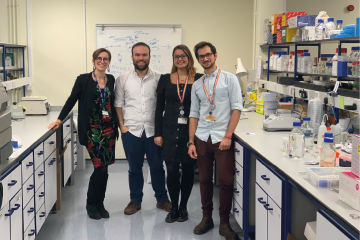Partnerships and impact awards
Transfer of the epicardial-cardiac organotypic culture model to support the ex vivo screening of gene therapy candidates

At a glance
Completed
Award date
August 2019 - March 2022
Grant amount
£75,562
Principal investigator
Dr Paola Campagnolo
Co-investigator(s)
Institute
University of Surrey
R
- Replacement
Read the abstract
View the grant profile on GtR
